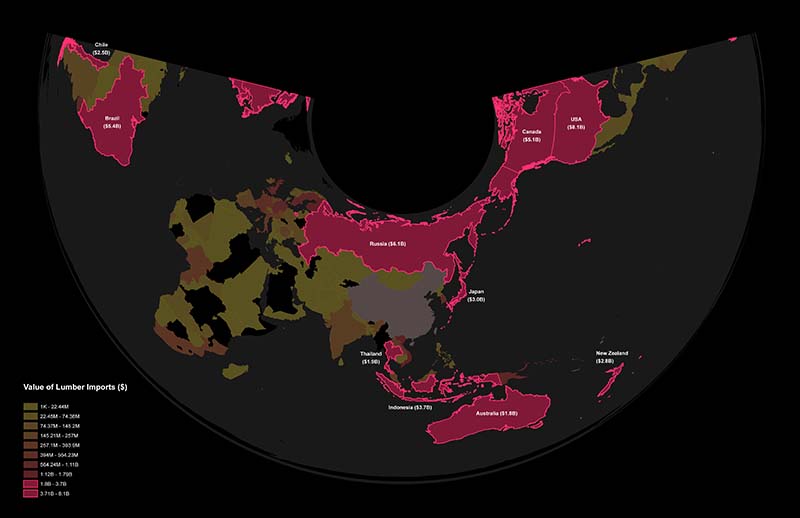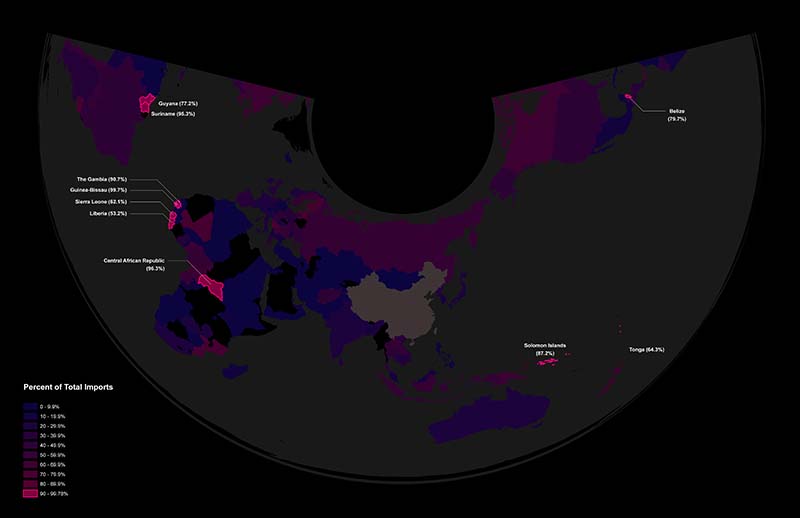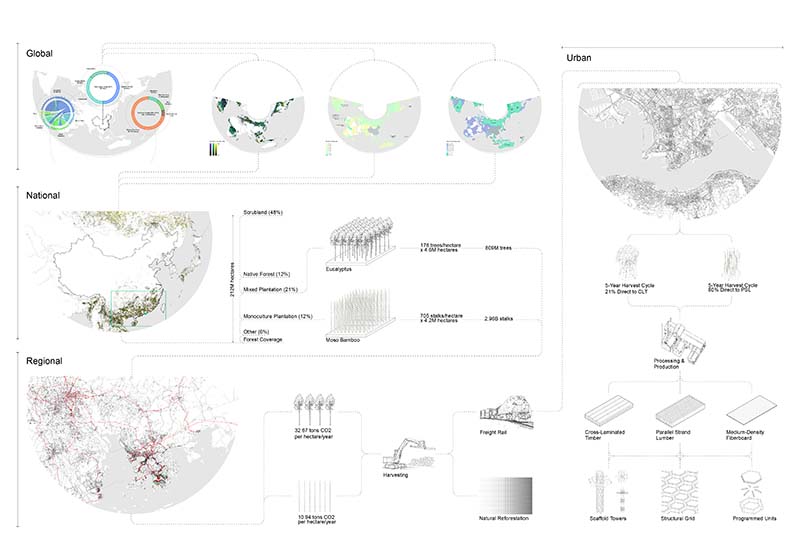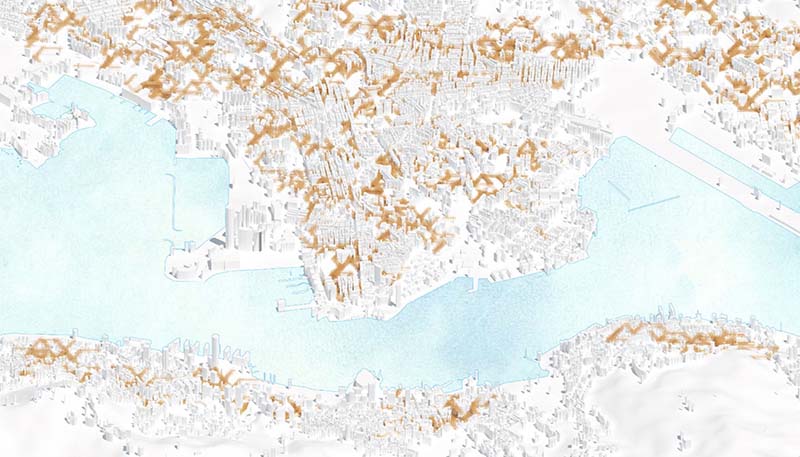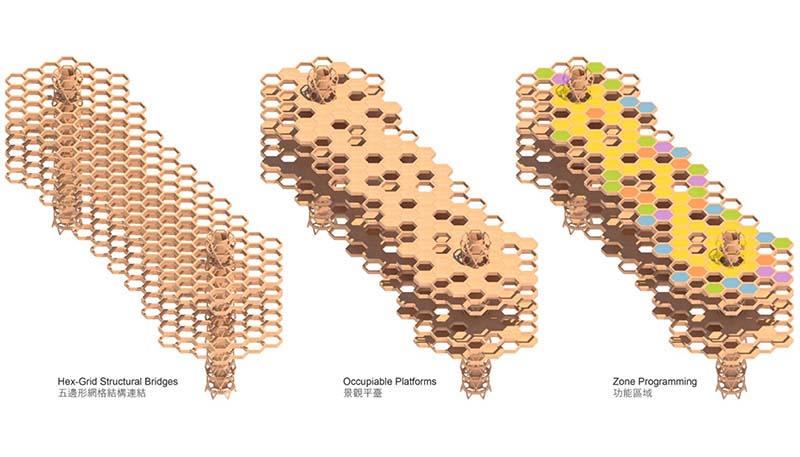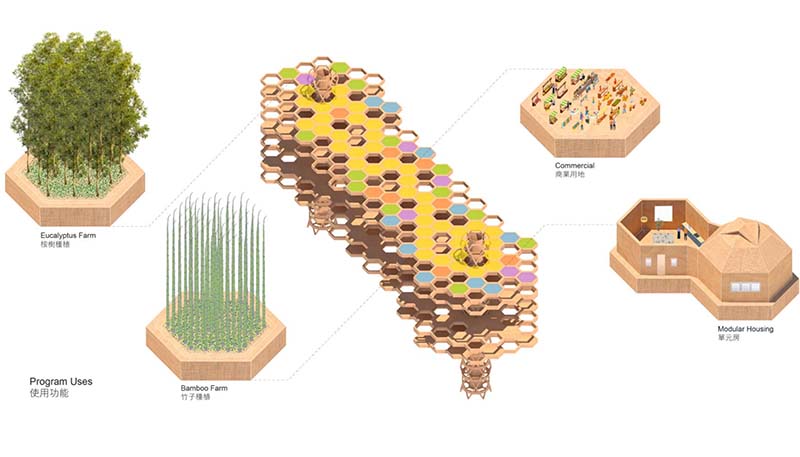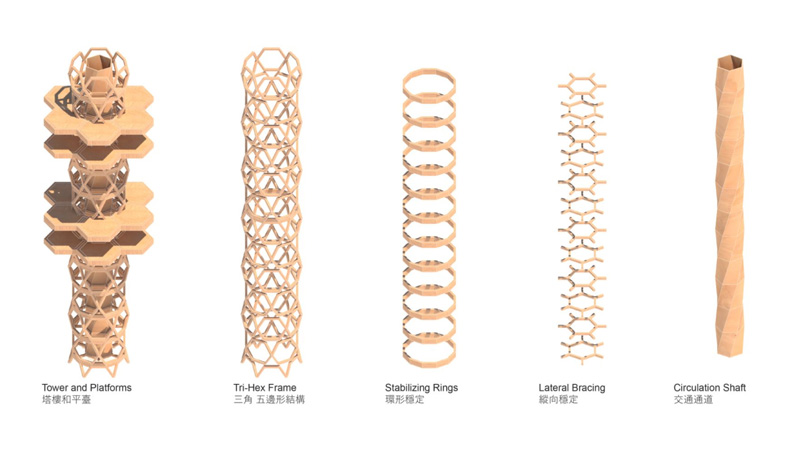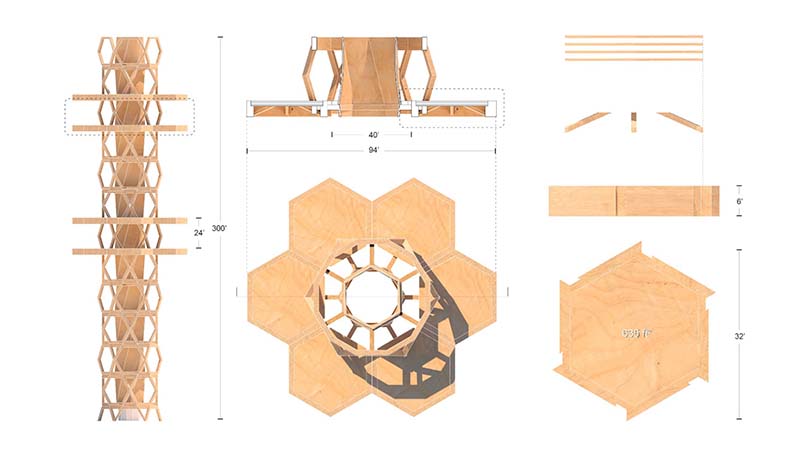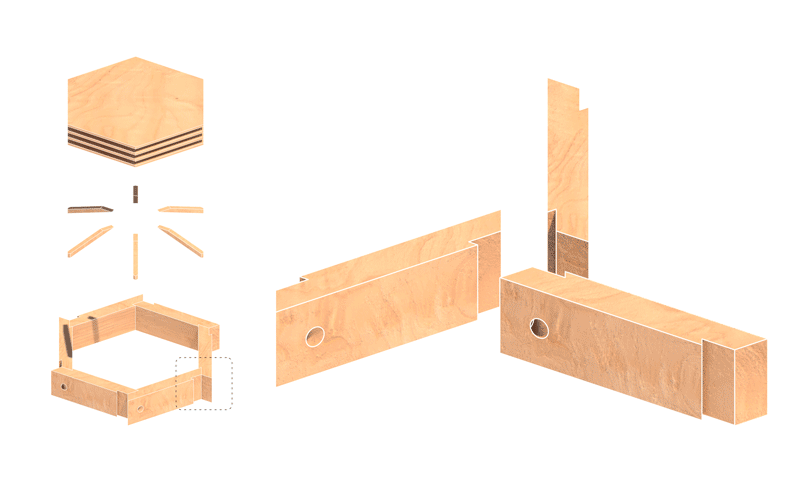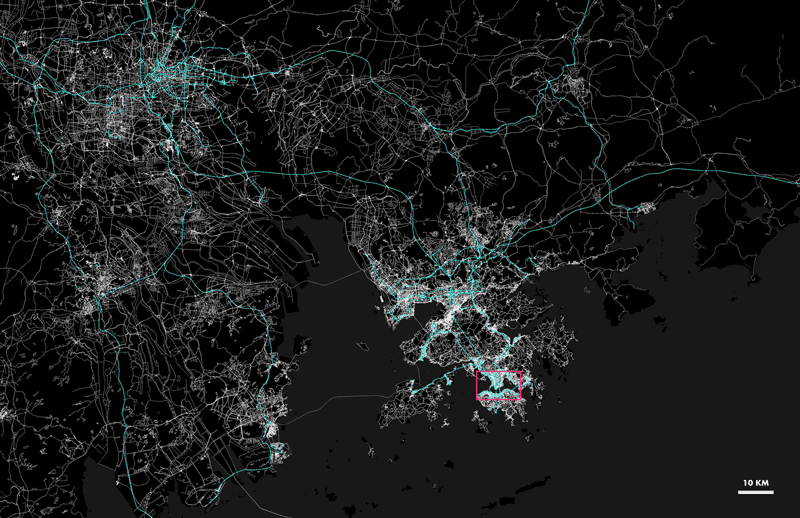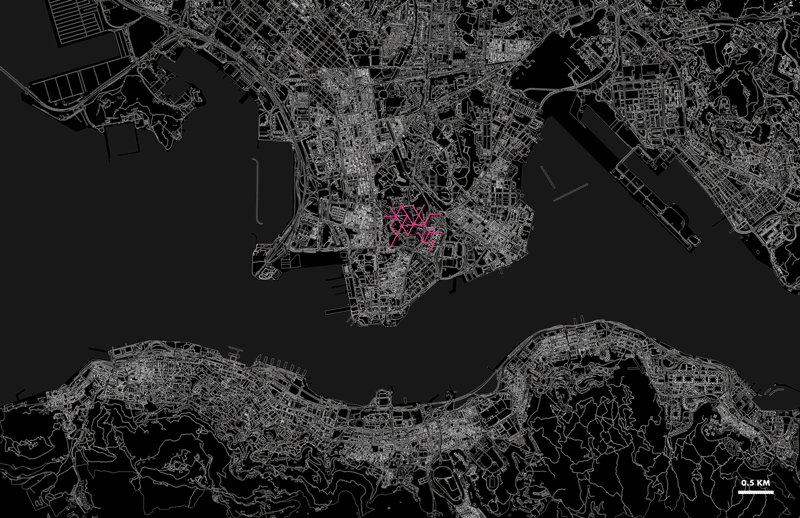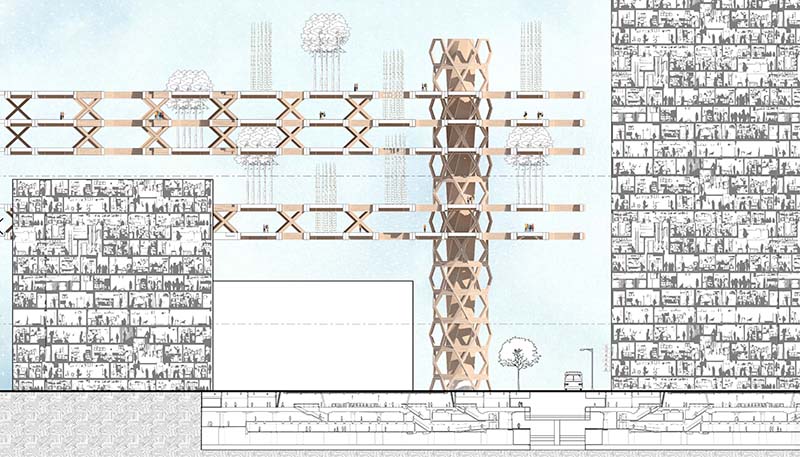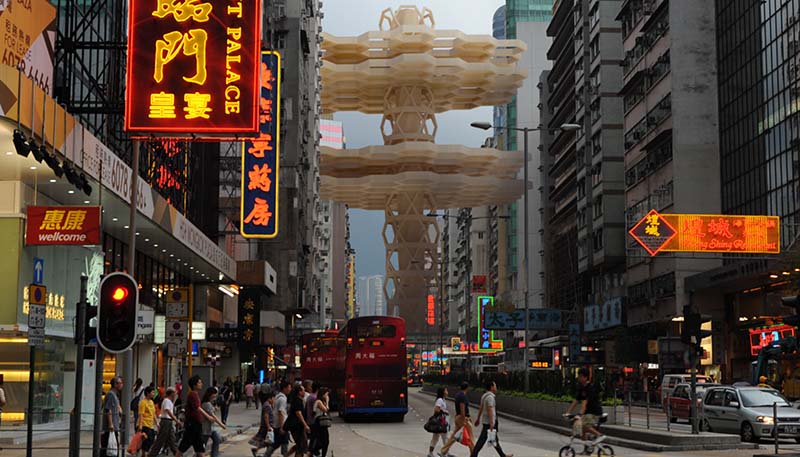It is estimated that by 2050, the amount of new construction required to accommodate the growth of the global population will effectively double the amount of built space that exists today, as millions move into urban areas. Around the world, lumber harvesting and use in construction is rising as part of this continued growth. Cross-laminated timber (CLT), and other engineered woods are more popular than ever. They are heralded as environmentally sustainable alternatives to steel and concrete due to their carbon sequestration properties. Yet, can they be sustainable if they require the continued destruction of our natural forests? The challenge of building the future also presents opportunities for the emergence of new practices in lumber production and construction. Can we find new ways of harvesting wood while limiting the risks to our natural forests? And can we re-imagine how cities and forests coexist in harmony? The challenges of today – climate change, population growth, and the need to build faster, more efficiently, and more sustainably – provide an opportunity to re-think our relationship to the forest and to the future. While some coastal cities build walls to keep nature out, this project calls for the integration of forestry and urban development, proposing an extreme new vision for collective urban life in a post-carbon future.
In the year 2000, analysis conducted by Hansen et al. estimated global forest coverage at 32,688,000 square kilometers, roughly 22% of earth’s total land area. This represents a 24% decrease in total coverage since 1980.
Between 2000 and 2012, approximately 2.3 million square kilometers of forest was lost. During the same period, however, nearly 800,000 square kilometers recovered. The world’s forests, particularly in tropical regions throughout South America, sub-Saharan Africa, and Southeast Asia, are at risk of natural and artificial degradation as the effects of climate change compound, and industrialized deforestation and consumption practices struggle to keep pace with rising global demand.
China is one of the world’s largest lumber importers. Due to the robustness and complexity of China’s lumber industry, this project focuses primarily on engaging with the Chinese lumber system to produce a new typology of building in the Pearl River Delta.
Like other large importers such as the United States, China imports the majority of its lumber from other large economies. However, China also exerts economic pressure on many smaller and poorer nations whose forests are vital to their economies and ecologies.
China imports both for construction and other products, and has limited the use of domestic wood in construction as part of a massive ‘conservation’ effort. Over the past 20 years, China has conducted the world’s largest reforestation project, planting over 44 million hectares of trees. But in reality, much of that has been artificial plantations, both monoculture and mixed. This has effectively eradicated the natural forests in these areas in favor of controlled wood production, actually contributing more harm than good to the regional ecosystem. Rather than continue to cover once natural forest areas with plantations, it is necessary to restore these lands to their natural ecological conditions. Of the forest growth in China during the past 20 years, roughly 4.6 million hectares was eucalyptus plantation in the southeast. These plantations do very little to curb overall carbon output, actually harming nearby natural forests due to their invasive root systems and damage to biodiversity. In order to address this, this project proposes that these plantations are harvested, and allowed to naturally recover into indigenous, bio-diverse forests. The wood harvested from these plantations will be used to construct new urban infrastructure systems that will house productive lumber farms and urban social programming throughout the region.
This project proposes a multi-scalar approach to re-thinking the relationships between forestry and urban life, drawing on global and regional lumber practices to produce urban interventions. This multi-scalar approach to the design is mirrored by a multi-scalar proposal for implementation, wherein municipal and national governments partner with the Hong Kong Polytechnic University to secure funding and partnerships from global resources such as the Green Climate Fund. The project is located in Hong Kong City for three primary reasons. First, it is located in the Pearl River Delta, the world’s largest megalopolis, home to over 120 Million people, and an area expected to nearly double in density by 2050. Second, this area is also strategically located near massive eucalyptus and bamboo plantations in southeastern China. Thirdly, this project seeks to engage with and expand upon the city’s rich and layered experiences, providing new relationships between city and ground, and between urban life and infrastructure that characterizes Hong Kong’s unique urbanism.
Criss-Cross City is a modular and expandable lumber armature that extends across Hong Kong, providing a flexible yet robust platform to imagine a new urban form of living.
This infrastructural scaffold operates within and above the existing city.
These structural bridges act as trusses connection the circulation towers. Occupiable platforms fill in the hexagonal grid, allowing for programmatic neighborhoods and zones to emerge.
These modular platforms produce opportunities for various social and infrastructural programming, including self-sustaining eucalyptus and bamboo farms, which will be harvested in offsetting 5-year cycles to provide the raw material for the scaffold’s expansion throughout the city. They also house residential, leisure, and commercial uses.
The structural towers employ a generatively-designed tri-hex frame that supports vertical circulation cores with lateral bracing and stabilizing rings. The frame also allows for easy connection to and truss-like support for the platforms.
The tower’s tri-hex frame system stacks in 24’ high modules. Platforms are supports by 6’ tall framing members, and four layers of CLT flooring, producing roughly 635 square feet of usable space per unit.
Two or three members interlock into expandable joints to allow for modular addition as well as structural integrity.
Phase 1 (2020-2030)- Criss-Cross City is located in the Pearl River Delta, the world’s largest megalopolis and home to over 120 million people. The first phase of the project will begin in Hong Kong. Phase one of the project includes the harvesting of existing plantations, and the returning of these areas to natural forests. Harvested materials are to be transported to urban centers for processing. These materials will be used to construct the initial scaffold infrastructural system that will house new urban lumber farms and social programming.
Phase 2 (2030-2040) – Utilizing harvested eucalyptus and bamboo lumber from regional plantations, a large-scale, expandable urban scaffold begins construction in central Kowloon, connected to Hong Kong Polytechnic University, where teams monitor the lumber management. Both eucalyptus and bamboo grow on roughly 5-yearl harvest cycles, and will be grown organically using city compost, managed through public-private partnerships. A new central processing and production plant will be opened at the university, with additional production facilities constructed alongside the extension of the scaffold.
Phase 3 (2040-2050) – By 2050, the scaffold criss-crosses its way through Hong Kong, connecting towers and platforms into new neighborhoods using lumber grown on site. While the modular system’s framing and structure remain regular across the city, local neighborhood cultures and communities adapt the system to their idiosyncrasies, producing a richly diverse urban culture in the sky.
Criss-Cross City seeks to engage the social landscape of a city that is rich with layers and textures of urbanism by building on the traditions set forth by groups such as Team 10 and the Metabolists. Hong Kong is a deeply layered urban agglomeration, and Criss-Cross City provides a new datum for urban life. This ‘4th Ground’ both reinforces and re-imagines how social life can operate in a new urban future.


